WINTER – December, January, February:
Winter in Malta is colder and wetter than in other seasons. You’ll want to dress in layers and pack long pants, sweaters, and a light jacket. A raincoat or umbrella will come in handy in case of any rain showers. Temperatures tend to stay around 60°F and the ocean is usually too cold for swimming.
SPRING – March, April, May:
Spring in Malta is beautiful. Flowers are blooming, and the weather is starting to warm up. The ocean tends to still be a bit too chilly for swimming but warms up towards the end of spring. Dresses and skirts can be comfortable during the day, but at night, you’ll want to dress in warmer layers and wear a light jacket. The average daytime temperature reaches 72 °F but can be ten degrees cooler or more at night.
SUMMER – June, July, August:
Summer is the peak season in Malta. The sea is at its warmest, and the island is bustling with activity. This is the time to wear your shorts, skirts, and tank tops. Don’t forget your bathing suit either! The average summertime temperature is 87 °F, so bring your summer wardrobe!
FALL – September, October, November:
The heat from summer begins to subside, yet the sea stays warm well until the beginning of fall. It’s still warm, shorts and t-shirts will still be comfortable this time of year, and maybe a light jacket for chillier evenings. It’s still worth bringing along your swimsuit to take a dip in the pool or the sea. The average fall temperature is 76 °F, making fall an excellent time to visit Malta.




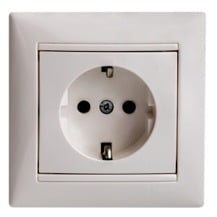
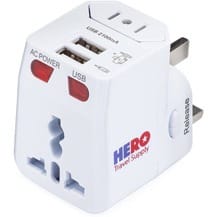
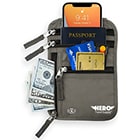





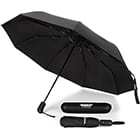







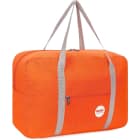
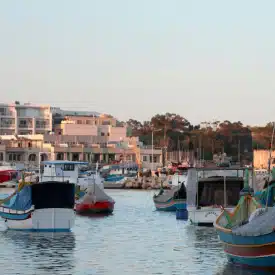
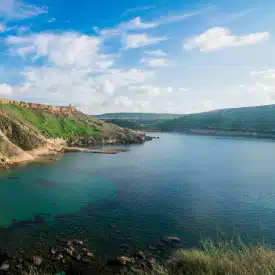
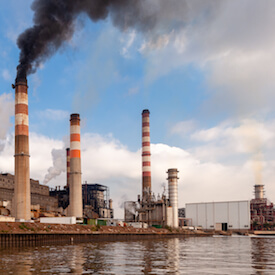
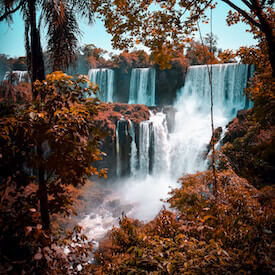 Stretching some 2,200 miles from north to south, the climate in Argentina is as varied as its wine. Therefore, the best time to visit depends on what you want to do. The world-renowned hiking trails of Patagonia close during the winter, so plan any southern adventures between mid-November and late-March.
Stretching some 2,200 miles from north to south, the climate in Argentina is as varied as its wine. Therefore, the best time to visit depends on what you want to do. The world-renowned hiking trails of Patagonia close during the winter, so plan any southern adventures between mid-November and late-March. Built on the back of a wave of European migration, Buenos Aires is commonly referred to as the “Paris of the South” for its grand architecture and romantic city parks.
Built on the back of a wave of European migration, Buenos Aires is commonly referred to as the “Paris of the South” for its grand architecture and romantic city parks.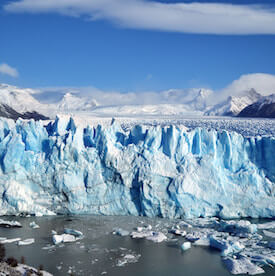 Argentina is a paradise for the outdoor adventurer, with ample natural wonders to explore. Perhaps the most famed are the monumental Iguazu Falls, which spout unfathomable amounts of water out in a dazzling display. To the west are the northern deserts, whose highlight has to be the Seven Colored Hills. Other remarkable rock formations and picturesque desert landscapes define the surrounding towns.
Argentina is a paradise for the outdoor adventurer, with ample natural wonders to explore. Perhaps the most famed are the monumental Iguazu Falls, which spout unfathomable amounts of water out in a dazzling display. To the west are the northern deserts, whose highlight has to be the Seven Colored Hills. Other remarkable rock formations and picturesque desert landscapes define the surrounding towns.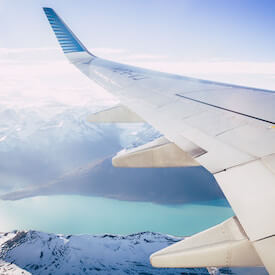 Aside from a few inconvenient intercity connections, train travel is relatively rare in Argentina. Instead, most travelers jump on the country’s extensive bus network, which covers every conceivable corner of the land. If your budget permits, opt for a lie-flat bed known as a cama, where they might even serve you steak with red wine. You can reserve in advance through Plataforma 10.
Aside from a few inconvenient intercity connections, train travel is relatively rare in Argentina. Instead, most travelers jump on the country’s extensive bus network, which covers every conceivable corner of the land. If your budget permits, opt for a lie-flat bed known as a cama, where they might even serve you steak with red wine. You can reserve in advance through Plataforma 10.